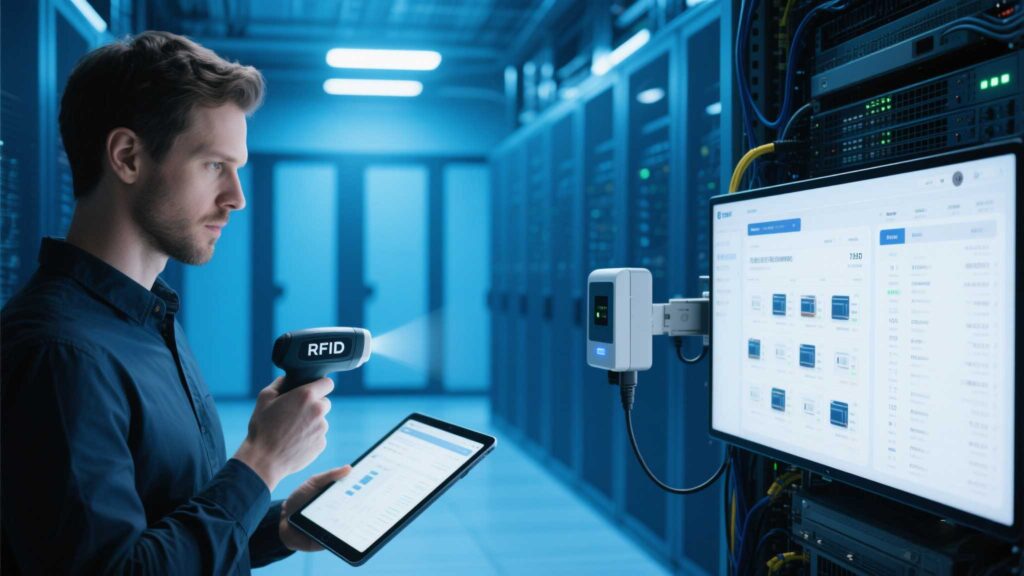RFID Reader 2M Range: Full Analysis of Applications, Advantages, and Usage
501depth exploration of the applications, advantages, and usage methods of RFID Reader 2M Range, offering a comprehensive understanding of this technology
MoreAll RFID Product
Choosing between handheld RFID scanners and fixed readers depends on your business’s workflow, budget, and tracking needs. While both technologies use radio waves to capture tag data, their design and use cases vary significantly. Here’s a breakdown to help you decide which solution delivers the best ROI.

A mid-sized logistics company deployed Cykeo’s fixed readers at loading docks to automate inbound/outbound tracking, reducing shipping errors by 45%. Meanwhile, their warehouse team uses handheld scanners for daily stock audits, cutting audit time by 60%.
depth exploration of the applications, advantages, and usage methods of RFID Reader 2M Range, offering a comprehensive understanding of this technology
MoreDiscover affordable RFID solutions for retail stores to reduce checkout errors, prevent theft, and streamline inventory. Practical tips and top picks inside.
MoreDiscover how RFID gate access control system improves security and efficiency for offices, residential communities, and warehouses. Learn how vehicles and people can move seamlessly while every entry is logged automatically.
MoreWhat’s the average RFID reader lifespan? Learn key factors affecting durability and practical maintenance tips to extend its operational life.
More